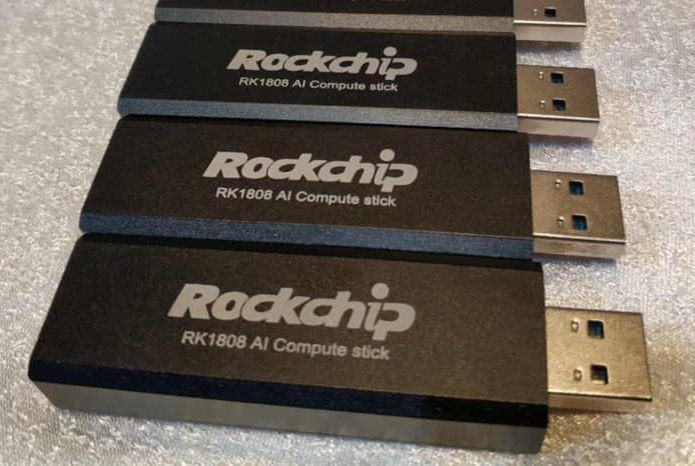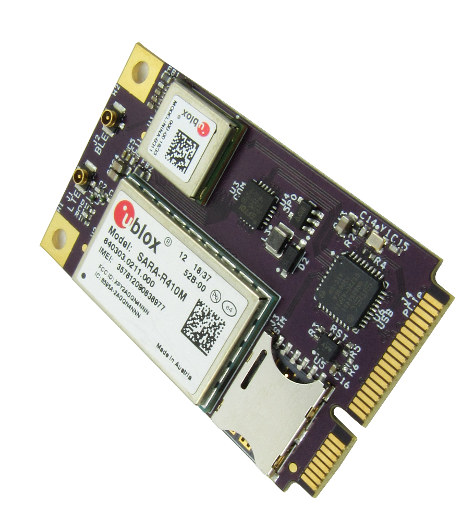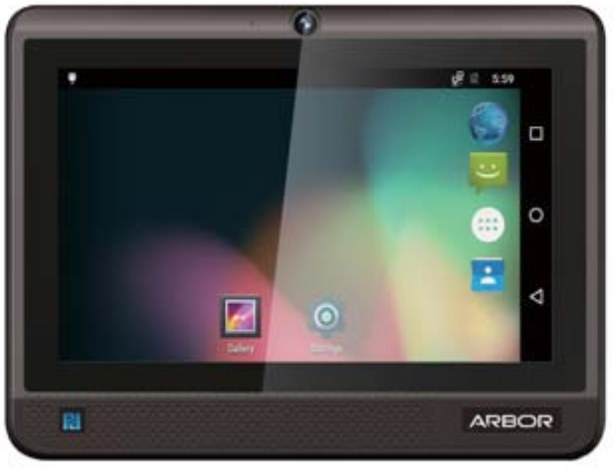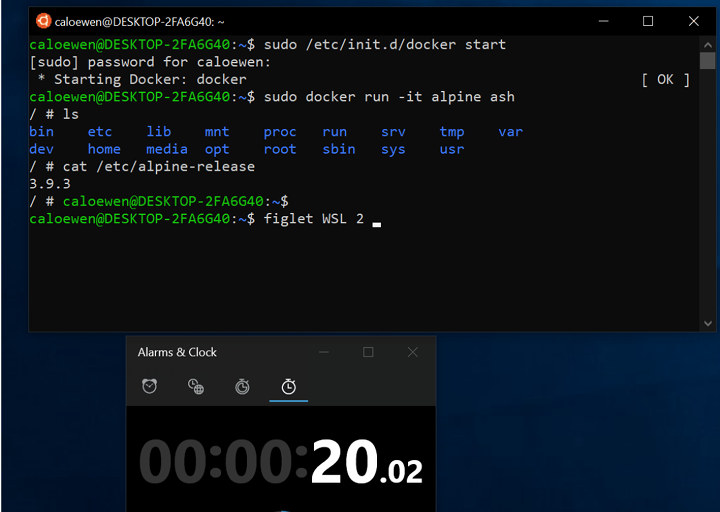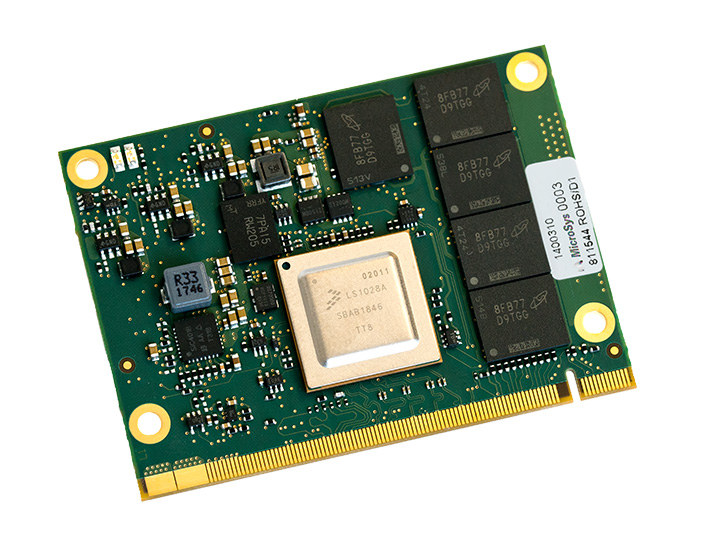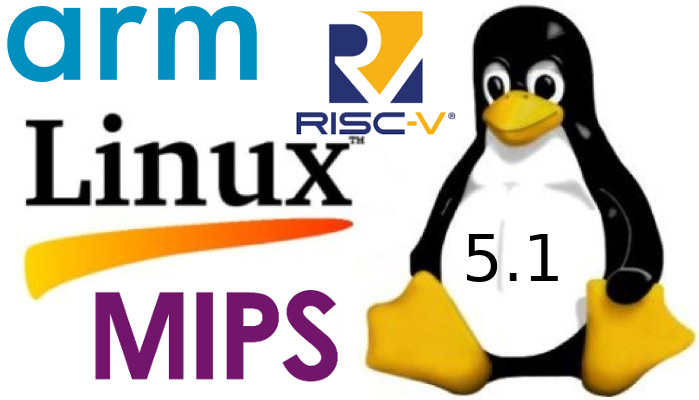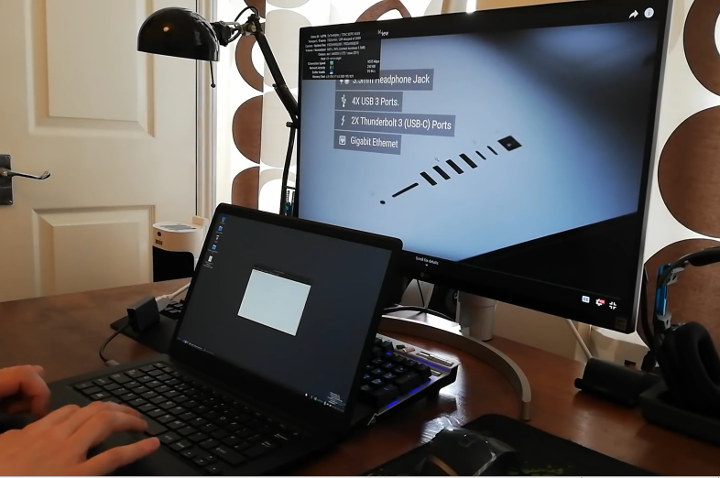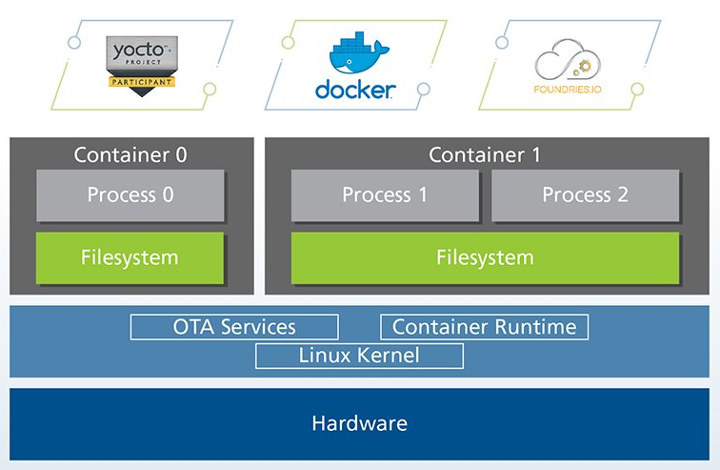Rockchip RK1808 looks like a nifty and inexpensive little chip for artificial intelligence applications delivering up to 3.0 TOPS at low power, and the company has already released documentation and a Linux SDK with Caffe and Tensorflow framework support for the chip. So the main hurdle now is to get hardware to play with. Some people are selling (samples?) of the official RK1808-EVB on Taobao, but it costs close to $500 US. There’s still no RK1808 development board, but Rockchip has discreetly launched the RK1808 AI Compute Stick a few weeks ago. RK1808 AI Compute Stick specifications: SoC – Rockchip RK1808 dual core Cortex-A35 processor with NPU AI inference performance – 3 TOPS for INT8, 300 GOPS for INT16, 100 GOPS for FP16 Video – 1080p60 H.264 decoding, 1080p30 H.264 encoding Camera, ISP – 2MP camera support, ISP with BT.601/656/1120 support Host Interface – USB 3.0 port Power Supply – […]
Gateworks Introduces GW16126 Mini-PCIe Cat M1 Modem and Bluetooth LE Radio
Gateworks has launched another mini PCIe card providing IoT connectivity for their NXP i.MX 6 and Cavium Octeon TX powered SBC’s. Last month we covered GW16130 Mini PCIe satellite modem, and the company has now announced GW16126 mini PCIe card with a Cat M1 (eMTC) modem and a Bluetooth Low Energy radio for the US market, and other regions or countries where LTE Cat M1 networks have been deployed. Gateworks GW16126 mini PCIe card specifications: LTE Cat M1 Module – U-blox SARA-R410M-52 LTE CAT M1 cellular modem with up to 375 kb/s upload and 300 kb/s download; LTE Bands 2,4,5,12,13 SIM card – nano-SIM socket with hologram starter SIM included with free 1MB/month starter plan included BLE module – u-blox NINA-B301 Open CPU Bluetooth 5.0 Low Energy Radio based on Nordic Semiconductor nRF52840 chipset, Zephyr RTOS with Bluetooth HCI UART Host Interface. BLE Rates up to 2Mbps Antennas – 2x […]
ARBOR IoT-800N Android/Ubuntu Panel PC Targets Automotive Applications, Industrial Automation
Rockchip PX30 is a low cost low power quad core Arm Cortex-A35 processor mostly designed for car infotainment systems. Last month, we also found the processor in ARBOR SOM-RP301 system-on-module designed for retails kiosks such as automated currency exchange machines, electronic restaurant menus, , ticketing kiosks, etc… ARBOR has now launched another Rockchip PX30 platform with their IoT-800N 8″ Panel PC running Android 8.1 or Ubuntu 16.04, and designed for automotive applications such as fleet management or driver fatigue monitoring thanks to interfaces like OBD-II, as well as industrial automation. ARBOR IoT-800N specifications: SoC – Rockchip PX30 Quad-core Arm Cortex-A35 processor System Memory – 2GB DDR4 memory soldered on board Storage – 16GB eMMC flash soldered on board, microSDHC/microSDXC/microSD card socket up to 128GB Display – 8” TFT LCD display with 1024 x 600 resolution, 5-point projected capacitive touchscreen Camera – 8MP front-facing MIPI CSI camera with auto-focus Audio – […]
Windows Subsystem for Linux 2 Gets a Linux Kernel, Faster File System, Docker Support
Microsoft first introduced Windows Subsystem for Linux in 2016 in order to let developers runs bash command from Ubuntu user space without having to install Ubuntu in a virtual machine or container. It relies on the Windows kernel with a library converting Linux system calls into ones compatible with Windows. Performance is great until you start to involve file systems calls, for example during code compilations, something that’s fairly common for developers… Microsoft has been working on solving this performance issue, and compatibility issues with software such as Docker, and is now close to releasing Windows Subsystem for Linux 2 (WSL 2) featuring its own Linux 4.19 kernel instead of the Windows kernel plus a translation layer. WSL 2 uses virtualization technology to run its custom Linux kernel inside of a lightweight utility virtual machine (VM) which takes just 2 seconds to boot. That also means there will be separate […]
miriac MPX-LS1028A NXP QorIQ LS1028A SoM Targets TSN Applications with HMI Display
NXP QorIQ LayerScape LS1028A communication SoC was first unveiled in March 2017 with two Armv8 cores, GPU and LCD controller for HMI systems, as well as Time-Sensitive Networking (TSN) capabilities useful in industrial settings. As usual it takes a while before the company finalize their design and software support, but LS1028A has started to appear at least in one hardware platform that’s supposed to launch this quarter (Q2 2019): MicroSys miriac MPX-LS1028A system-on-module. miriac MPX-LS1028A SoM specifications: SoC – NXP QorIQ LS1018 / LS1028 single / dual core Arm Cortex-A72 clocked at up to 1.3 GHz with MXC Vivante GPU, Mali Display Processor, configurable cryptographic offload engines (Optional: LS1017/LS1027 without GPU for cost saving) System Memory – Up to 4GB 32 Bit DDR4 with ECC RAM at up to 1600 MT/s Storage – Up to 256MB Serial NOR Flash & up to 4GB Serial NAND Flash; EEPROM MXM 2.0 edge […]
Linux 5.1 Release – Main Changes, Arm, MIPS & RISC-V Architectures
Linus Torvalds has just announced the release of Linux 5.1: So it’s a bit later in the day than I usually do this, just because I was waffling about the release. Partly because I got some small pull requests today, but mostly just because I wasn’t looking forward to the timing of this upcoming 5.2 merge window. But the last-minute pull requests really weren’t big enough to justify delaying things over, and hopefully the merge window timing won’t be all that painful either. I just happen to have the college graduation of my oldest happen right smack dab in the middle of the upcoming merge window, so I might be effectively offline for a few days there. If worst comes to worst, I’ll extend it to make it all work, but I don’t think it will be needed. Anyway, on to 5.1 itself. The past week has been pretty calm, […]
Pinebook Pro Arm Laptop Video Demo
Pine64 first revealed working on Pinebook Pro Arm Linux laptop at FOSDEM 2019 back at the end of January. The first Pinebook laptop had limited hardware resources, and as such was meant for simple tasks, but Pinebook Pro equipped with Rockchip RK3399 processor, 4GB RAM, 64GB to 128GB flash, and a 14″ Full HD display is designed to be used as your main laptop. That means everything needs to work from 3D graphics acceleration, to hardware video decoding, and USB-C video output. Lukasz Erecinski very recently shot a demo of the laptop in action, and everything looks very good, meaning the laptop should be come available soon. You can watch the demo further below, but if you are in a rush here’s what has been tested and works: Ubuntu & Debian with MATE desktop 4K video playback 3D graphics acceleration for games (Quake demo) 3D graphics acceleration in Chromium web […]
Toradex Torizon Industrial Linux Distribution Targets Windows Developers
When we interviewed Toradex right before Embedded World 2019, they told us they would focus on their new software offering called Torizon, an easy-to-use industrial Linux Platform, especially targeting customers are coming from the Windows / WinCE environment or who have only experience with application development and are not embedded Linux specialists. The company has now officially launched Torizon, and provided more details about their industrial open source software solution especially optimized for their NXP i.MX modules. Torizon specifically relies on foundries.io Linux microPlatform which provides full system with a recent stable kernel, a minimal base system built with OpenEmbedded/Yocto, and a runtime to deploy applications and services in Docker containers. The microPlatform is part of TorizonCore (light blue section above) that also includes an OTA client (Aktualizr). TorizonCore is free open-source software, and serves as the base to run software containers. To get started, Torizon provides a Debian container […]


